14 Incredibly easy strategies to organise your life!
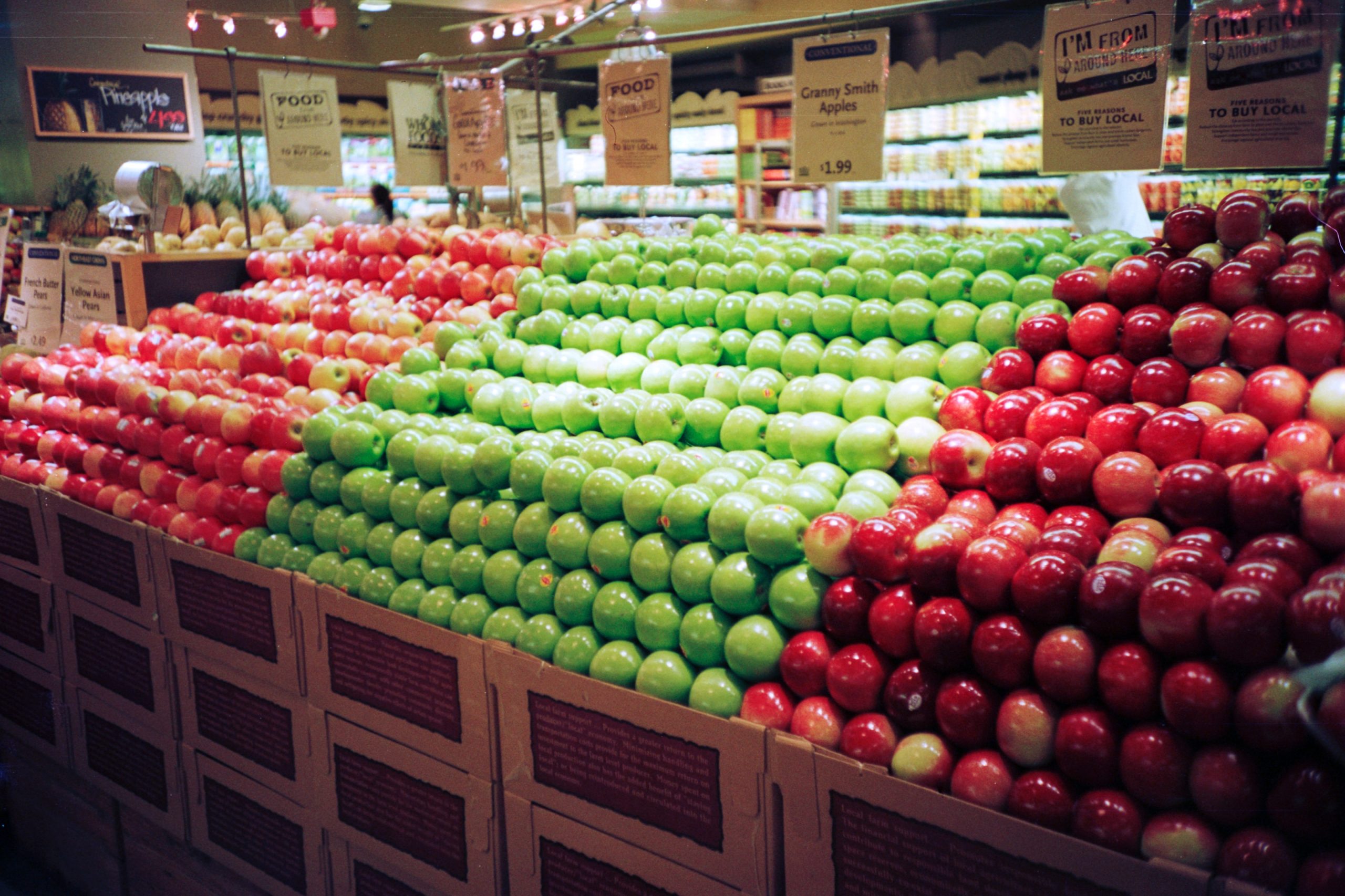
This list isn’t in any particular order, but each strategy and method is useful in it’s own unique and individual way. This list is based on strategies I use to guard against the neurodiverse aversion to a structured, yet flexible and productive day.
Strategy 1) The Owaves app

- The Owaves app is a very colourful, engaging and simply designed time-blocking app. Its features allow you to view your day as a 24-hour cycle and each activity you choose to fill it with is designated a certain colour – sleep is blue, breakfast is green etc.
- Owaves has different emojis available to personalise your daily calendar.
- The best way to use Owaves is to start basic and work your way up – do not micromanage your life with it, instead, blockout large, generic portions of time for things like: exercise, eating, reading, sleeping and work.
- Once you have reached a point of stability and the routine is getting easy to stick to, then you might want to adjust the wheel and add, remove or edit an action, task or appointment.
- Owaves is a good app for the bigger picture, but not so great for the smaller things in life.
Strategy 2) Calendars
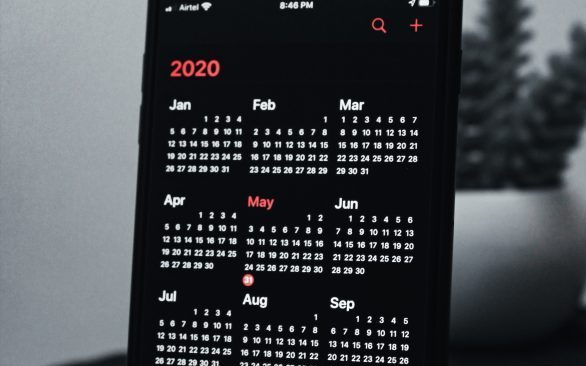
- Calendars are super useful for quickly noting down important dates you’d otherwise forget.
- Whenever you are greeted with an appointment time and date – log it. It takes 30 seconds and stops you from forgetting any important dates.
- Set reminders about the event a few days before, although you have it written down, being reminded at 8am that day you have a dentist appointment that you’ve double booked is a nightmare that is easily avoided by being reminded a few days to a week prior.
Strategy 3) Todo Lists
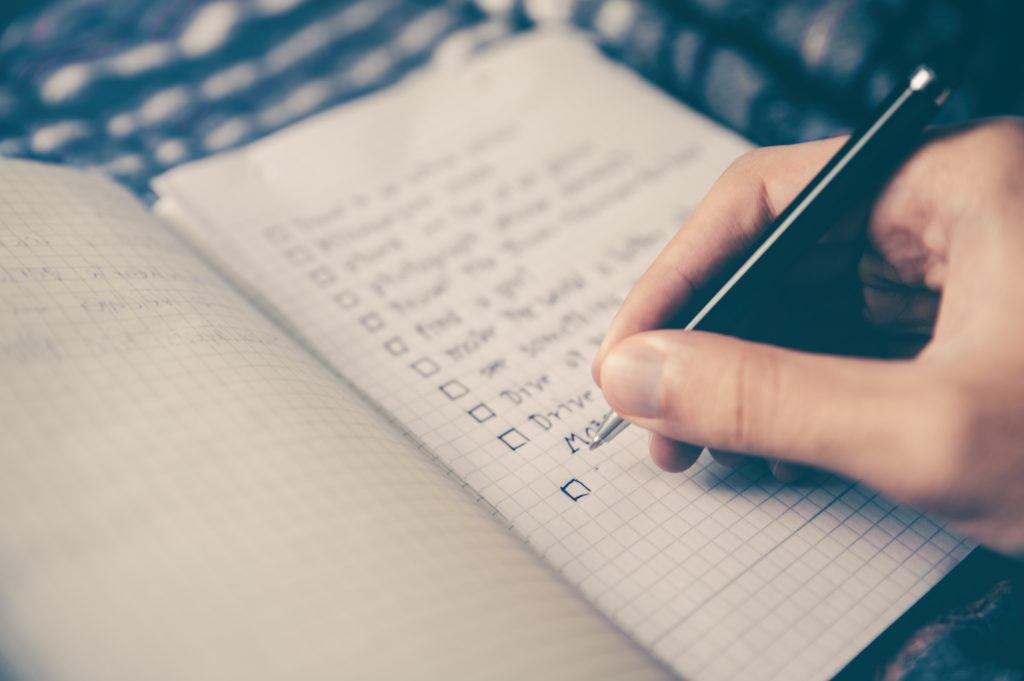
- Todo lists are part of the bread and butter of productivity hacks
- People usually overestimate their ability to complete all items on the list.
- In order to ensure you don’t have too much on the list you need to know yourself well enough to decide what is going to be within sensible boundaries, this number might be 2, or 6 or 10.
- I like to stick to 3-4 per day tops.
- These things should not really be things you’d do anyway – brushing your teeth shouldn’t be on a todo, because it might make you have a false sense of accomplishment*
- *I will say, if all you can manage is getting out of bed and making breakfast, then by all means include them in a todo. What I don’t recommend is if you are completely unphased by those tasks and they are routine, then using them as a todo is unnecessary; you could have a todo list of 50 things you accomplished, but if they are things you do everyday without fail, then really I’d see that as 0 tasks.
- Going to buy someone’s birthday present is a todo, because it is a non-routine task that would have a significant effect in your life if it was not completed on time.
- You also have to be pretty careful not to overload yourself with task complexity too; 5 easy things may equal 1 very hard task; no tasks are created equal – sitting an exam is not as draining as getting milk and bread from the local shop.
- If I have days where these tasks are varying in difficulty then I will start with the hardest and work my way through to the easier ones, as generally, willpower and energy both diminish over the course of the day. This is called “eating the frog” – if you eat a frog the first thing in the morning, you can be sure that that will be the worst thing about the day and therefore, the rest will be easier.
Strategy 4) Bullet journal/Diary/Planner system
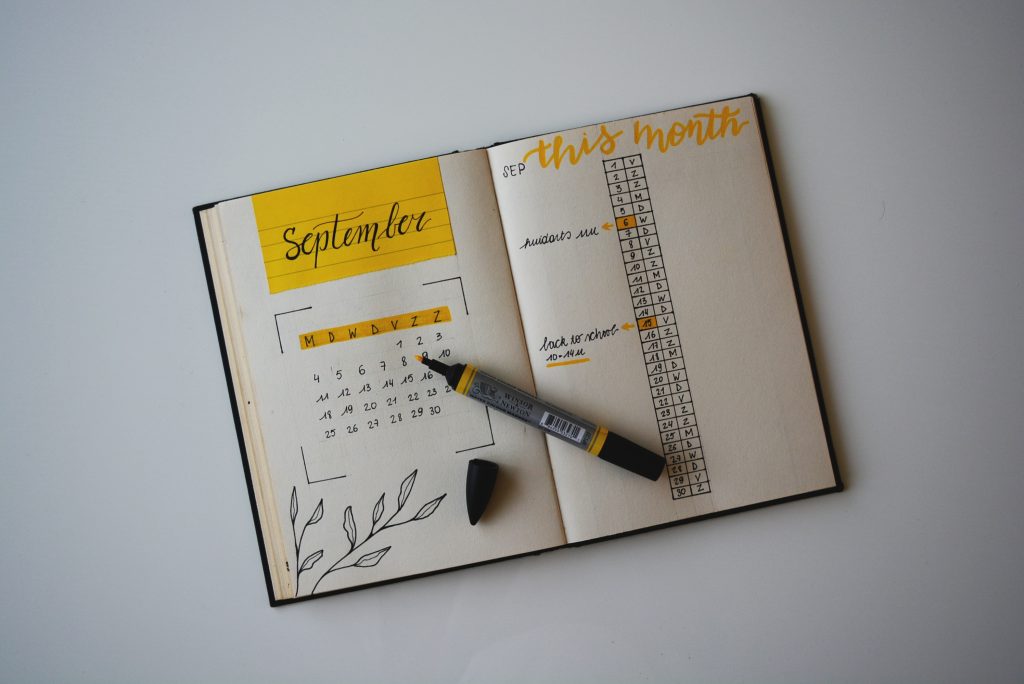
- Having a journal where you can write down different aspects of your life to manage it better is very helpful, more helpful even than an app.
- A journal can be edited and personalised unlike an app that has its limitations.
- A bullet journal is a book diary that has a few modifications to it, for example mine has the following:
- This week’s priorities
- “I’m grateful for”
- “This week’s wins”
- “What I can do better”
- The diary also has a 12 month calendar at the beginning and a yearly goal tracker. I don’t really use these as they take up time that isn’t really spent in a worthwhile way, the journal is good for tracking day-to-day or even week-to-week changes, bad habits and improvements. I think it is fairly inefficient for the tracking of long term goals.
- Each day in the journal is where I write my todo list and I strikethrough any completed tasks and I put an “X” next to incomplete tasks, if the task is important then I will put an “>” sign next to it to show that it needs moving onto the following day’s todo list.
Strategy 5) Eisenhower square
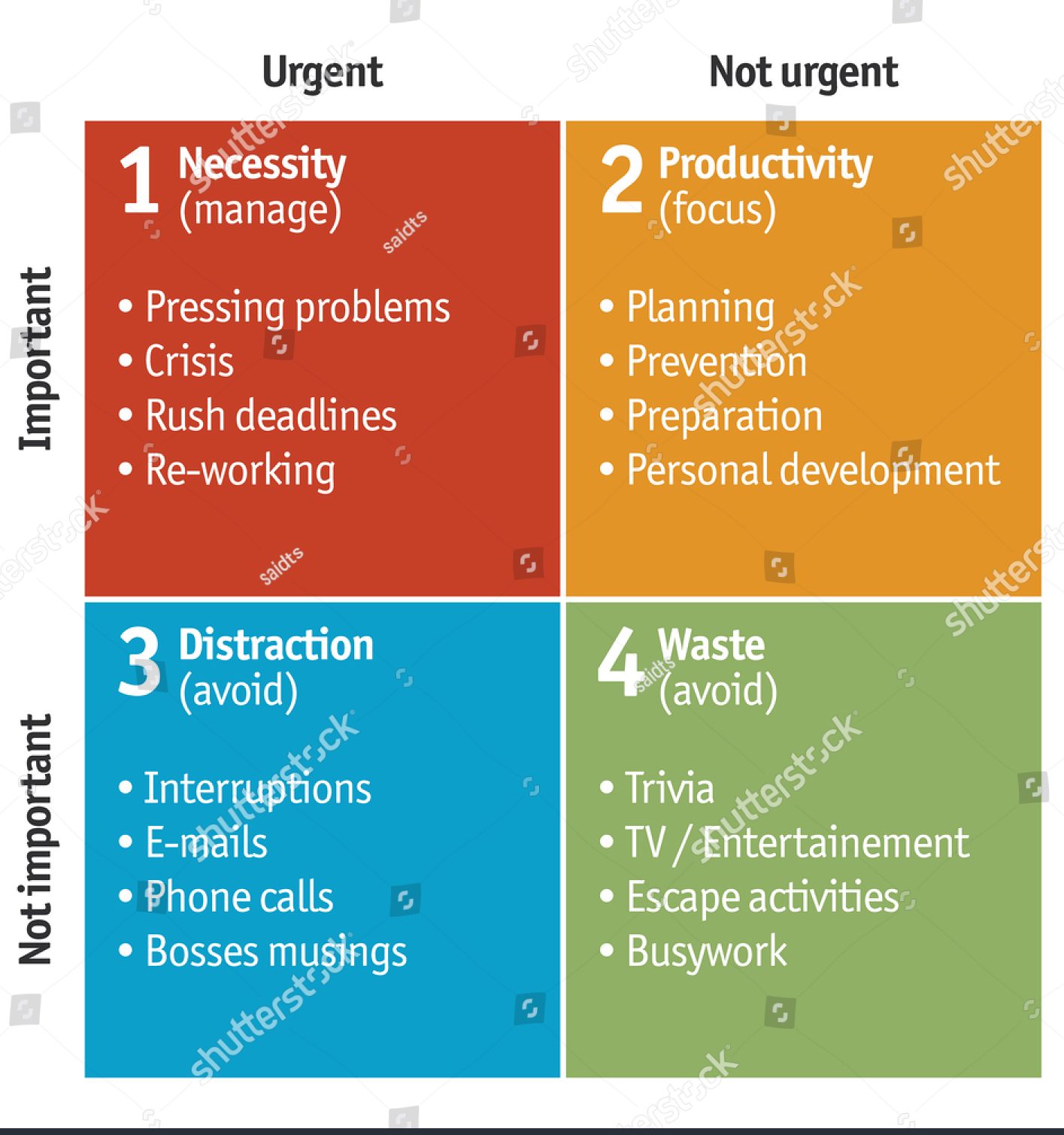
- The Eisenhower square is one of my favourite productivity tools, it is so simple yet effective.
- Start your day off by putting your todo in these boxes and you can separate the wheat from the chaff in your list in under 60 seconds.
Strategy 6) Timing tasks
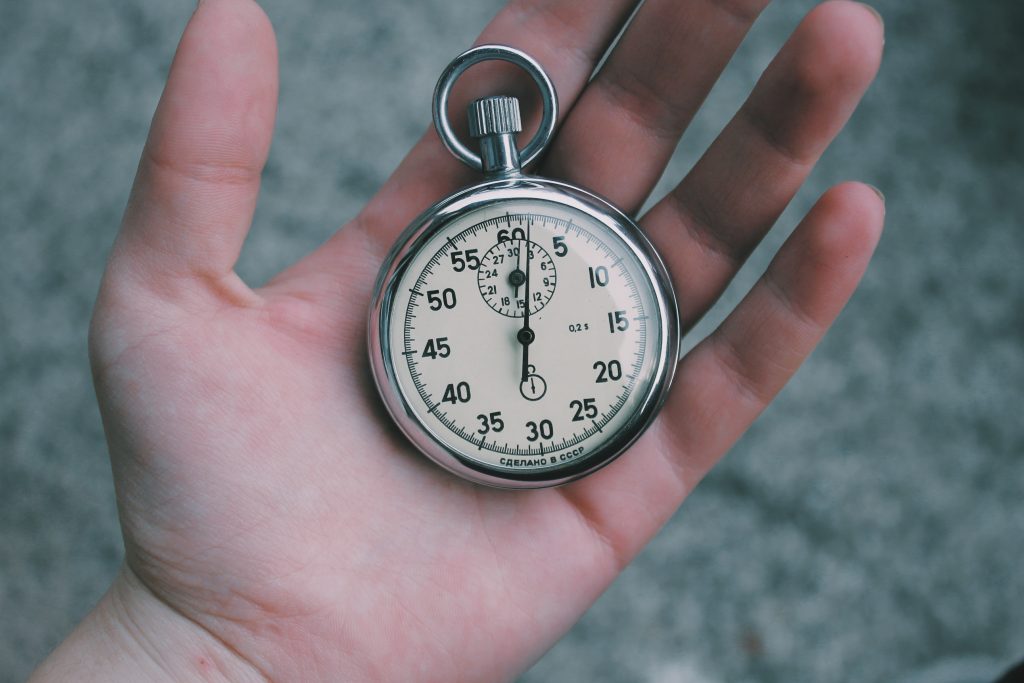
- Timing tasks is something I don’t use too often, purely because I’m now quite good with estimating times and how long things will take.
- If you have trouble with knowing how long things take (and this is affecting your organisation), then look no further.
- Get an A4 lined page and separate it vertically into 3 columns.
- On the left, write “Task” as the heading.
- In the Centre write “Estimated time to complete”
- On the right, write “Actual time to complete”
- You might find that the time taken to go get shopping is 1hr 20mins rather than the 45 minutes you estimated, losing multiple lots of 30 minutes in the day can soon add up (and catch up), leaving you unexpectedly running late or not finding the time to do the things you thought you could.
- Conversely, that shop you thought would take 45 minutes actually takes you 25 minutes, can show you that you might have more time in the day and less need to rush yourself.
Strategy 7) Habits
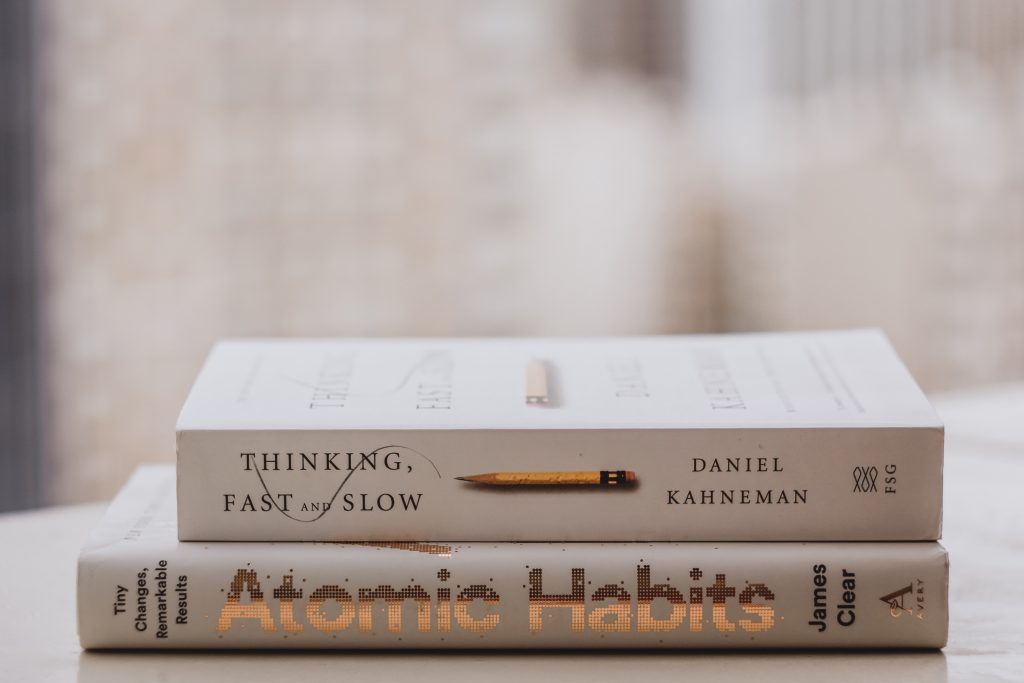
- Habits are things that you may or may not want to do each day, but you do them anyway.
- If you want to get more satisfaction from your day then you definitely make time for these little nuggets of positivity.
- If you want to learn spanish, making a habit of practising for 15 minutes per day is one way to enrich your day.
- Habits usually, by nature, don’t take long to complete. This means you can have a lot of positive ones (or negative) that make up your day.
- Deciding which habits you partake in is a decision made on a few bases: how fun it is to do, how much effort it takes to do, how costly it is, how long it takes, how easy it is to transition into (activation energy) etc.
- Let’s compare two habits –
- Drinking – it’s fun/enjoyable (for drinkers), drinking something takes very little effort of cognitive ability, it isn’t taxing (unless you’re a sommelier), it is fairly costly, but it does have a range of pricing – from cheap vodka to fine spirits. It takes as long as you want it to, a pint for example, can last mere seconds, or an hour. How easy it is to transition into is how available it is, you go to the fridge, get a beer, open it. Done.
- Learning Spanish – it can be fun, but also feels a bit like a chore if your heart isn’t in it, it does take quite a lot of conscious effort to learn a new language, so it can be quite taxing. Cost is again, variable. You can learn it via a free app, or have 1-to-1 lessons for a fee. Learning a language can take hundreds to thousands of hours to learn and master. I think you can be relatively fluent with 50-100 of deliberate practice, but nothing special. Picking up the language app or booking language lessons is very easy to procrastinate over if you aren’t madly passionate about language learning.
- At the end, you decide to leave the Spanish until tomorrow and ease your unease with a nice, cold, refreshing lager.
Strategy 8) Cleaning

- Cleaning is super important to mental wellbeing, being in a clean and tidy environment does wonders for stress levels and mental headspace.
- Make your bed – you’ve heard this one many times I assume, and it’s true. The bed is the focal point of the bedroom and it is the first and last place you see in the day.
- I got into a habit of letting my room get horrifically messy and crowded with plates and mugs. I’d get a wash of motivation and deep clean it all in one go, over the span of 2 mornings and it’d be sparkling. Just a few months later, it had returned to it’s previous state – why? Because of one key, super simple habit I was missing.
- This cleaning habit has been ENORMOUS in improving my quality of life and reducing the amount of stress I face in keeping my space clean and tidy.
- RESET THE ROOM – every time you drop a grain of rice, pick it up and bin it. Every time you bring a mug to the room, make sure it leaves with you. Pick up a tv remote? Return it to the coffee table when you leave the room.
- Get into the habit of looking around the room before you leave and decide to venture out to bring more clutter in.
- Usually, when I leave my bedroom I’ll do a quick scan and find a plate or an aldi bag or some paper that needs recycling. Take it with you!
- As for actual cleaning of surfaces – sink getting dirty? Wipe it then and there…How? A very easy, perhaps not so cheap way I have found to work is to get some baby wipes and a bin bag. Unless you’re facing limescale, then baby wipes are all you need.
- This rule goes for organising spaces too – my bathroom windowsill was crowded with shampoo gifts from christmas, nail clippers, emery boards, sponges, deodorant cans etc. each time you pass it, see if anything needs to be removed or re-ordered.
- Having boxes for your essentials, having them just loitering on the windowsill seems so much more unkempt than having them tucked away in their own little boxes – much like how a box of toys looks much nicer than having toys sprawled out everywhere.
- Another great tip is to have a dedicated “removal space” – this space is where I place everything that needs to be removed when I leave the room, instead of having to scan the room, I just check this spot on my desk, usually it has a couple of plastic bottles and a toilet roll inner tube. Rather than foraging, you have a place for items that you can take with you upon exiting the room.
Strategy 9) Fabulous app
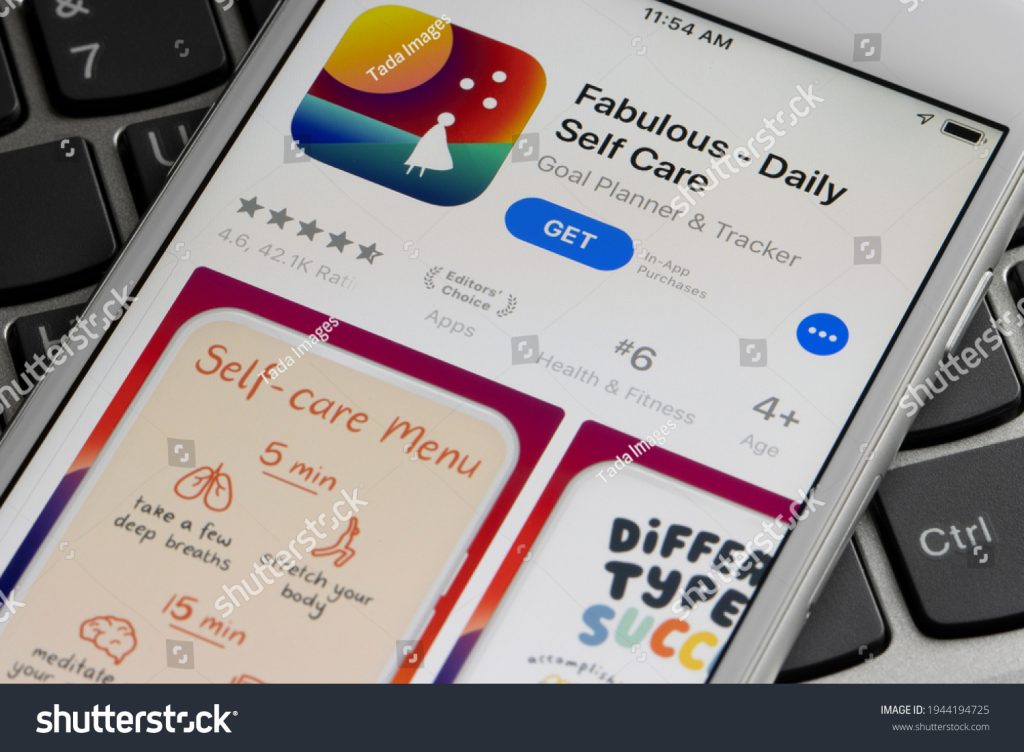
- The Fabulous app is a great tool to use to create great habits and stick to them.
- The app has a very colourful user interface and has many features.
- The app asks you questions to get a feel for which journey you’d be best starting off on, then it introduces you to the “Mountains”.
- The mountains are different destinations which are reached when you have completed the required journeys to get there.
- Journeys include themes like: fitness, mental wellbeing, good sleep habits, productivity routines etc.
- The app also has a “Challenges” feature where you can embark on multiple, short journeys like “30 day declutter” and “7 days no sugar”, these challenges can spice up the app, however, once started they pause the current journey you are on so you can dedicate time to one thing at a time.
- The app is science based and is an incredible tool to use to sculpt a day filled with good habits and routines.
Strategy 10) Notion app
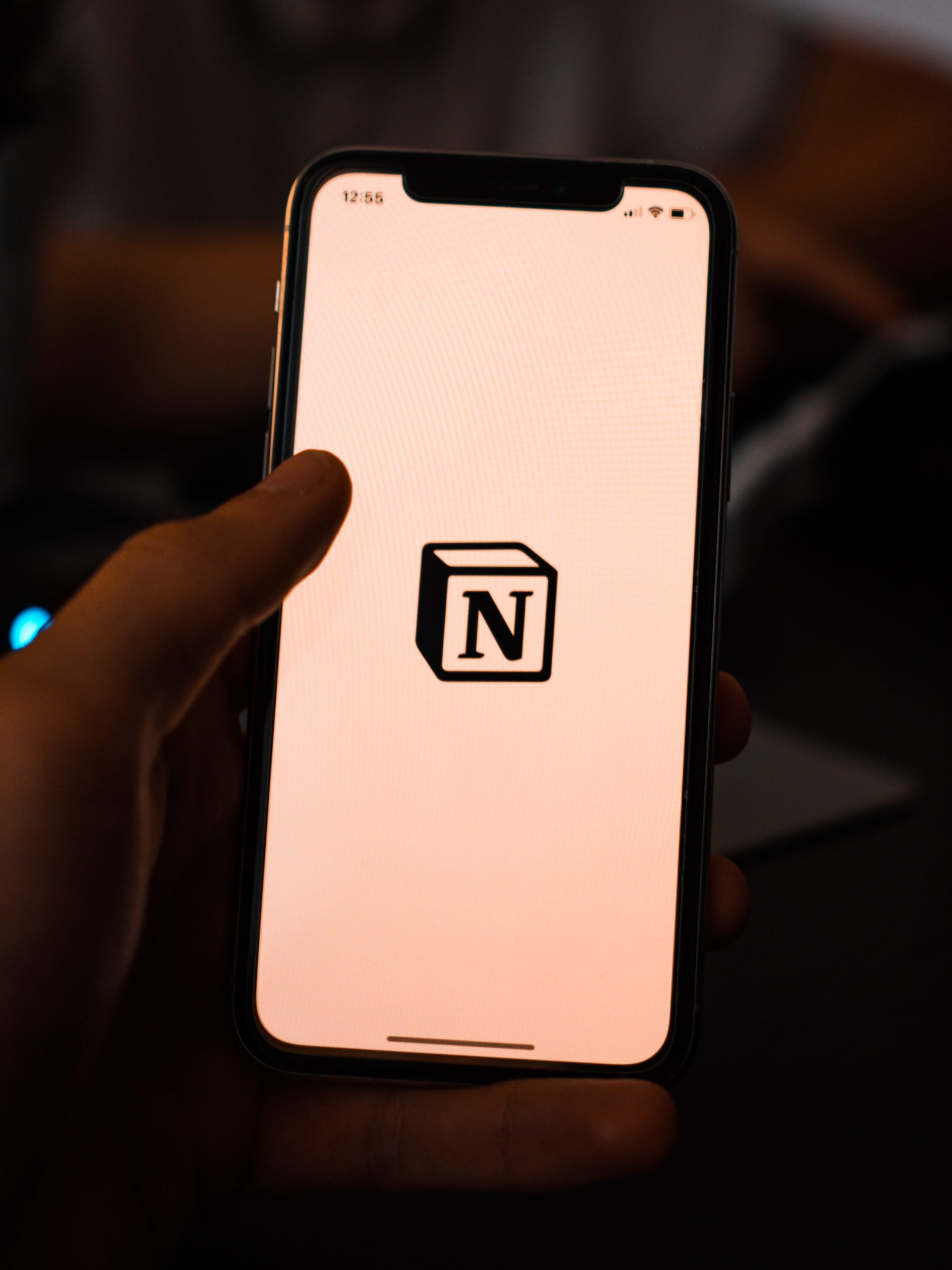
- Notion is a free app and it is an absolute masterpiece for note making.
- It doesn’t just function as a note-taking app, it has dozens of functions and templates you can use.
- It has habit trackers, shopping lists, gym progress charts, budgeting templates etc
- You can link up other apps such as kindle via readwise app to import all of your book highlights automatically into notion.
- My notion is essentially an auxiliary brain – it keeps store of things that I deem important but will definitely forget. It is THE hub for organising your life’s content, whether you’re a broke student or business mogul, there is a template fo you to use, it doesn’t have a niche market and that makes it incredibly diverse and the ability to download custom templates from 3rd party designers is just the cherry on the cake.
- This app is huge so I will write up a different post in more detail as to how I integrate it into my life.
Strategy 11) Have a productive environment!
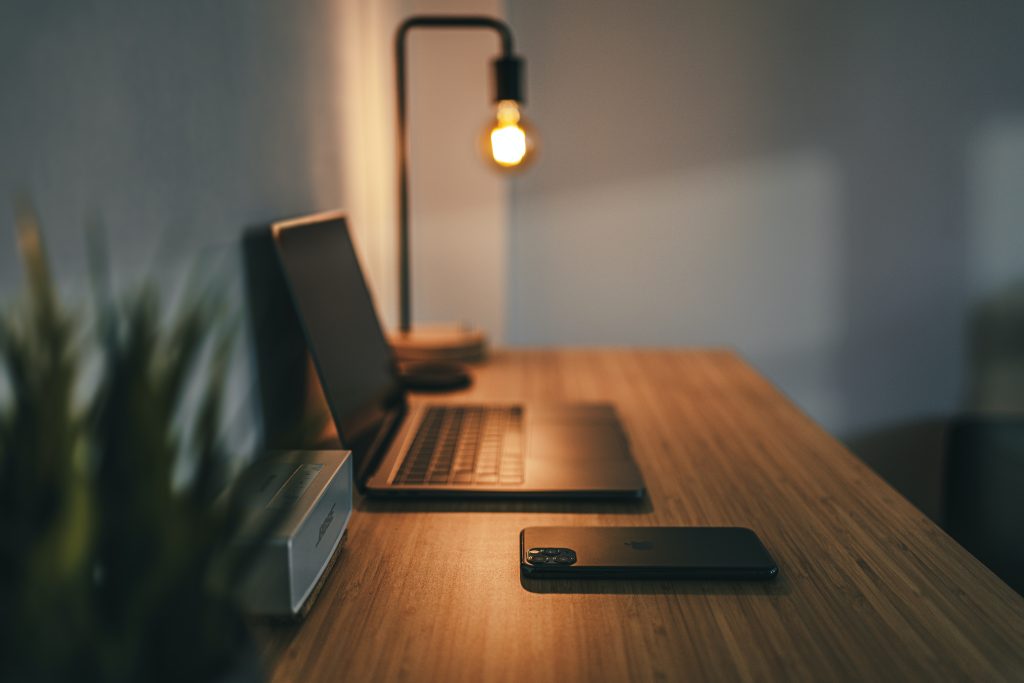
- You may have heard that you are the sum of the top 5 people you spend time around. Well, your productivity is a part of a similar sum, but instead of friends surrounding you, it’s, well…the room surrounding you and its contents.
- You may have noticed this yourself, it usually manifests itself in seeking a “perfect place” for you to work.
- You’ll have criteria such as: loud, quiet, busy, desolate, colourful, drab, outdoors, indoors, city, greenery, modern decor, old school architecture, food stall, no food stall etc.
- You will then determine that your best place to go for studying/work is a local ma and pa coffee shop – if you picked: quiet, busy, but not packed, indoors, old school decor, food available..you may have way more selective descriptors and boxes you want to tick, some you won’t even be aware of – subconsciously you might like the aesthetics of a dessert counter in the background or the hum of an open-fronted deli sandwich fridge. Wherever you go, your productivity will be maximised.
- This in mind, we cannot always go to these places when we study – coffee shops are expensive, libraries are too quiet, common rooms are too busy, public transport…absolutely not!
- What if I told you that you can turn a room of your choice (your bedroom if you’re a student in residence) into a zen area that instils productivity? You’d probably scoff.
- I must admit that the “vibe” of a room will never match the authenticity of a “real” location, however, there are a few elements we can borrow that will potentially raise your productive output by 50-100%. (I can already hear you: “yeah, but if my productivity is 0 then that’s no use!) Well, not only can these methods inspire you to continue, they can also inspire you to start, so don’t worry too much about it until you’ve tried these methods.
- Lets not delay and get right into these methods:
- 1) Have natural light sources – what’s better? Fluorescent office lighting, or the warm glow of the sun?
- 2) Have plants – Plants not only reduce stress levels, boost productivity and mood, they also have some physical health benefits too – certain plants are great for removing toxins from the room (and I don’t mean the phantasms that you acquire from indulging in drink), toxins such as – toluene, xylene, benzene and N-hexane. These chemicals are emitted by paint, textiles and cleaning agents. There are certain plants that are great desk inhabitants that will soak these chemicals up and pump out some sweet oxygen. These plants are: Kentia Palm, Devil’s Ivy, Peace Lily and Umbrella Tree.
- 3) Have the right temperature – whether you run hot, cold, or somewhere in the middle, no one wants to be nagged by an uncomfortable temperature when they are working, make sure you set that thermostat, turn on that heater, fan, wrap up warm etc.
- 4) Have posters/personalisation/pictures, but not too many. This just gives a bit of vibrance to the room, which will keep work more interesting and be able to give your brain “micro-rests” whenever you avert your eyes from the work.
- 5) The Third space. This is a space in your working environment that should be quite minimalist, gently coloured and comfortable. Its function is to provide a space where you can mentally check-out and relax (perhaps during a downtime pomodoro block?).
- 6) ambient noise – whether you want to crank out dubstep from 2012 or listen to the nothingness of active noise cancellation, you must find your jam. Similarly to the temperature, you also need to figure out whether you prefer silence, some noise, or 110dB of Skrillex – Bangarang. On average, people prefer to listen to 50dB of background noise, this would be like the volume of heavy rain outside. Interestingly, at 70dB and beyond, the brain releases more dopamine and adrenaline than it would usually listen to pleasant sounds – this dopamine rush might explain why people like to drive faster with louder music or crank out boring work as if it was a time trial.
Strategy 12) Gamify

- I don’t really have much to say about this one, other than you can often challenge yourself to do things as though they are achievements in a video game.
- I have heard anecdotal tales of ADHD’ers in particular using this strategy. If you have an exam coming up, then you might want to challenge yourself to get over 80% of if you are putting away clothing you might want to see if you can do it in under 2 minutes; the logic being – ADHD thrives on urgency, alongside novelty, interest and challenge level.
- This theory also explains why it is so easy to get sucked into a new game than it is into a cleaning spree; games can satisfy the above criteria in just the right spots, in fact, even neurodiversity aside, games usually have a development strategy in-mind to make them as addictive as possible.
- You probably won’t enjoy reading a chapter of a boring book as much as you would playing flappy bird (RIP), but you can try to gamify it and see how well you do.
- There are also gamifying todo list apps out there, maybe go have a look and see if any take your fancy!
Strategy 13) Loo time
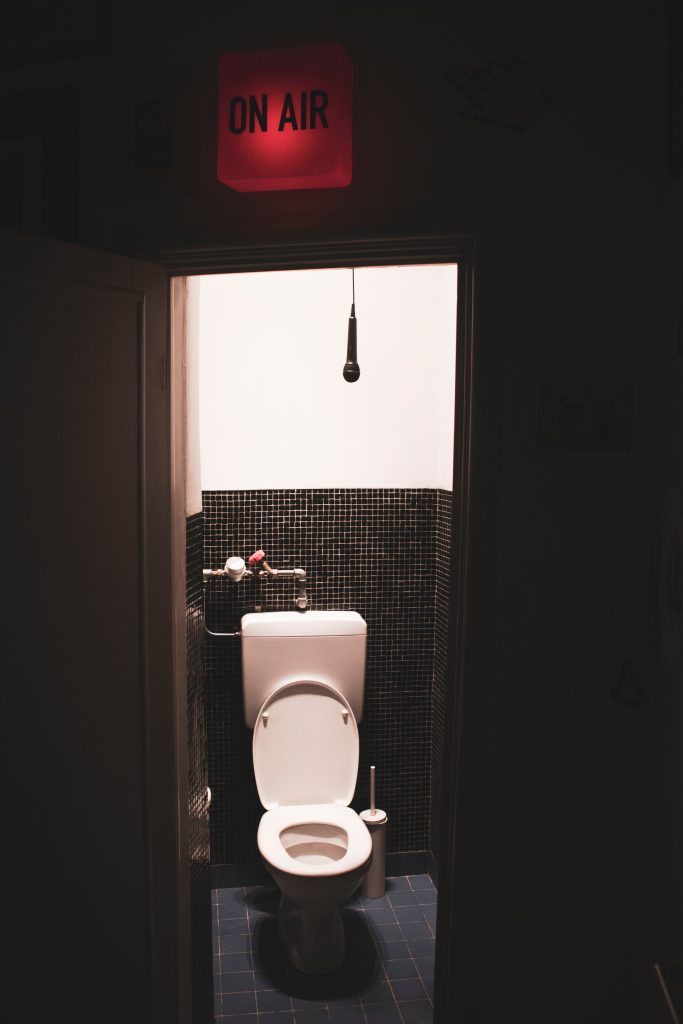
- Also known by the much more formal “Productive Downtime”, this time is essentially dead time in the day.
- This doesn’t literally mean the loo is the only place you should apply this concept, however, I find that the loo is the perfect combo of boredom, spare time and tranquillity – a perfect environment for an audiobook, paperbook, podcast, edutainment etc (just be hygienic).
- As an FYI your phone screen is around 7-10x more populous in bacteria than your loo seat. Although, even I draw the line at doing this in a public toilet.
- Most people tend to listen to audiobooks when driving, cooking, doing laundry etc, and this is usually detrimental – I say that because only around 5 people in 200 are actually able to multitask, the vast majority of people “task switch” which is flitting between tasks so quickly that you fool yourself into thinking you’re doing 2 things at once, If you’ve ever been writing/typing something whilst someone is talking to you and have written down what they have just said…that is why.
- I encourage you to do things linearly, there is plenty of evidence to show that doing tasks one after another rather than all at the same time is much better for productivity (and retention of info)
- You don’t have to do this method, it only adds minutes of productivity.
- But 5 minutes each day, 365 days a year = 1,825 minutes = 30.42 hours, if you listen on 1.5x speed then that is 45.6 hours of playback time on audible, according to google the average audiobook length is around 10 hours, therefore, in just your loo time you’ve added 4.5 books to your yearly total – a little goes a long way. To emphasise this – someone at college once complained how they were always broke, I noticed they went to Starbucks or Pret each morning for coffee, ignoring the Greggs across the road. Greggs isn’t free, nor does it do better coffee than a coffee shop (imo), however, if they weren’t too particular and wanted the caffeine buzz, we worked out they could have saved almost £1,000 per year.
- Imagine earning £7,000 per year working a part-time job, only to find out that you spend £1,000 of that on your morning cappuccinos!
Strategy 14) Spoons and task timing.
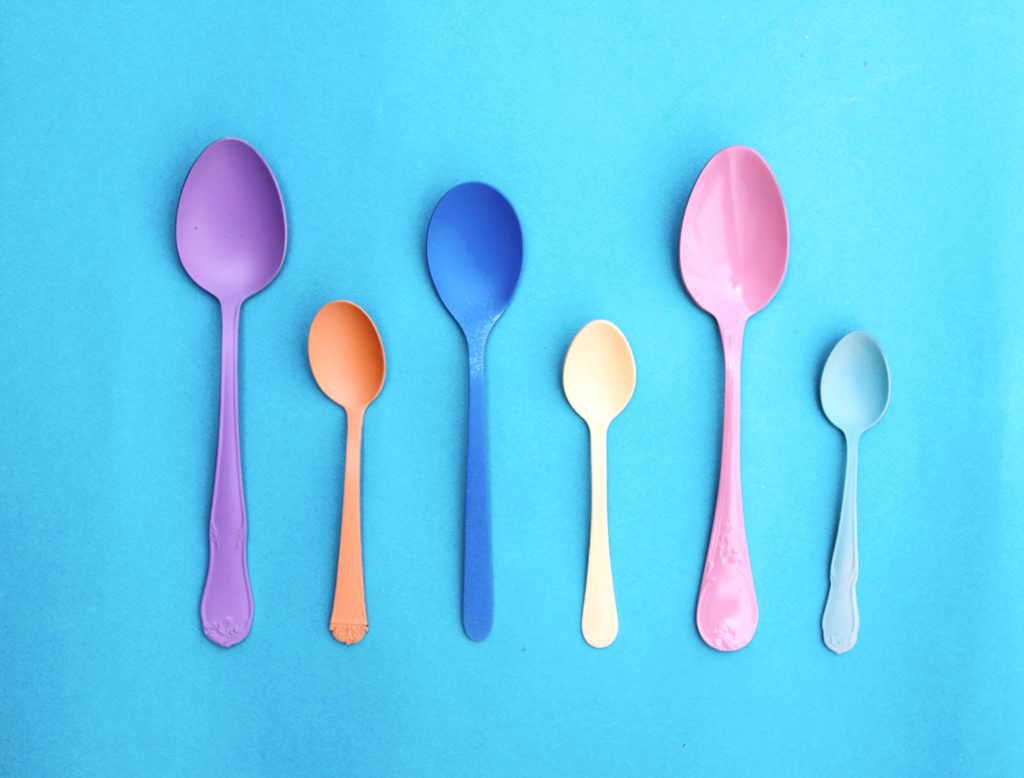
- This method is something I have only recently adopted. It is quite a simple method but can be tiring to use at first before you get used to it and before it becomes second nature.
- The Spoons system is a system wherein you have about 12-15 spoons, these spoons represent a measurement system, much like for sugar, that allow you to budget energy for the tasks in the day to allow you to minimise and even prevent burnout.
- There are many different variations on the system and that is because everyone is different – some people may have 9 spoons, some may have 18 – alongside this, each task also might “cost” a varying amount to different people – walking the dogs might cost 1 spoon to someone and might cost 4 to another.
- I encourage you to browse google images for a template that fits your energy level and perhaps print it off.
- I like to keep things super simple, because, if it weren’t then I’d be wasting a spoon just on spoon management, instead I represent each spoon as a line on a tally and I allow myself 15 lines for the day.
- There are a few activities that might give you a spoon back – although these tasks aren’t too abundant, it is important to include them for the sake of completeness. An example for me would be it being a warm and sunny day, this might allow me 16 spoons, on the contrary, if it is a bitterly cold and grey day then I may even start with 12-13 spoons.
- If you find you are running low on spoons then you might have to make sacrifices – if you have to get a takeaway instead of cook then do so if you can, if you cannot afford it, or for any other reason you cannot get a takeaway, you should deduct spoons from the following day (but only as an absolute last resort!). I find that even after deducting spoons from the following day I still feel the burnout coming, however, what the deduction does (theoretically) is to stop that burnout from growing by reducing the workload on that day. You can see why you wouldn’t want to rely on this method in the long-term.
Conclusion
All of these methods have magnified my productivity by many times all whilst integrating the spoons method to prevent myself from burnout, my recipe is far from perfect, but it’s close enough for now.
If I used these methods when I was in school then I would be in a different place, funnily enough I probably wouldn’t have gone to medical school, when I was in school I wanted to go into either Physics, Natural Sciences or Marine Biology. Do things happen for a reason? Perhaps…but one thing is certain, what got me here was trial and error with hundreds of methods – I have done the trialling for you, so you don’t have to.




